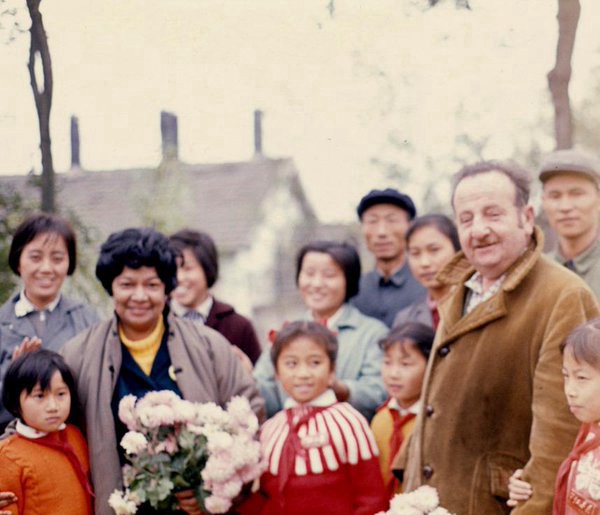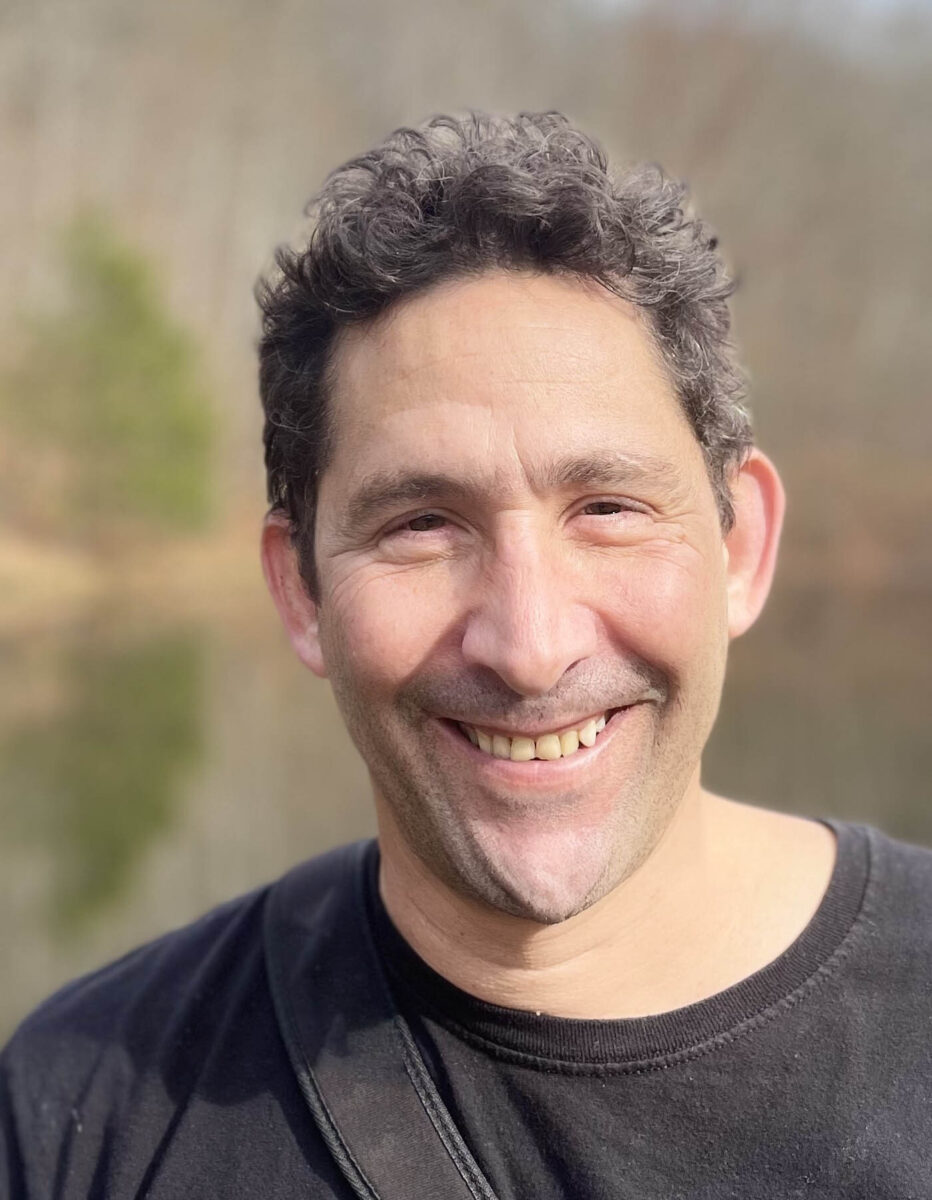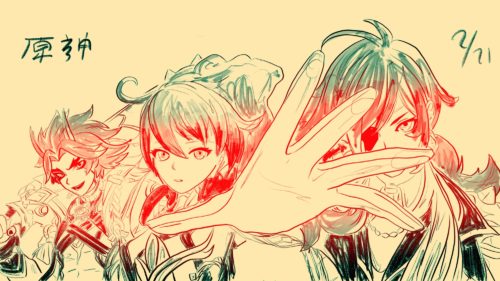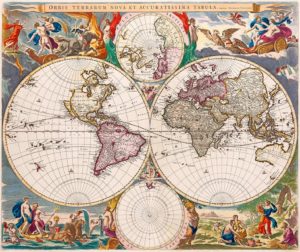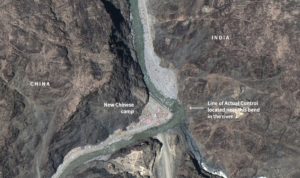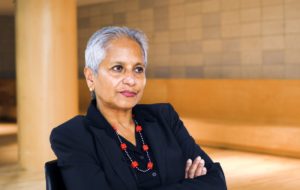Sino-Black relations and the politics of identity: Q-and-A with scholar Keisha Brown
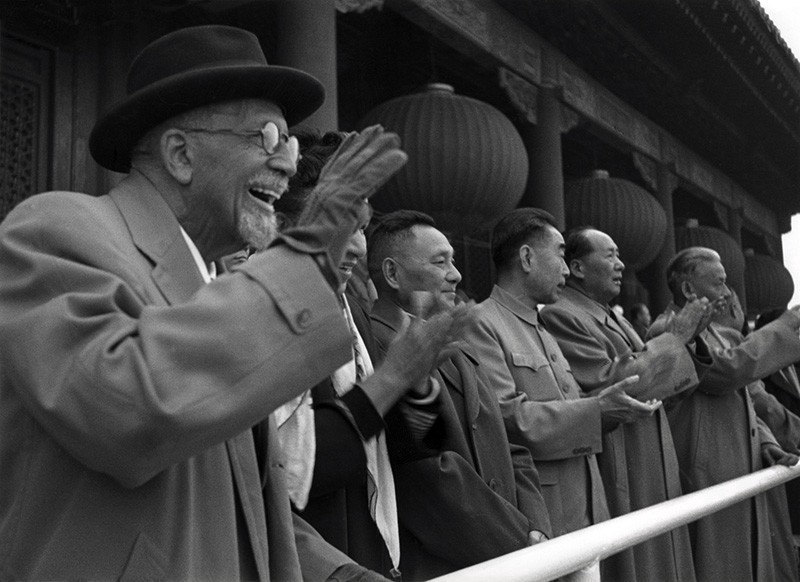
Top image: W.E.B. Du Bois at National Day parade in Beijing, 1962
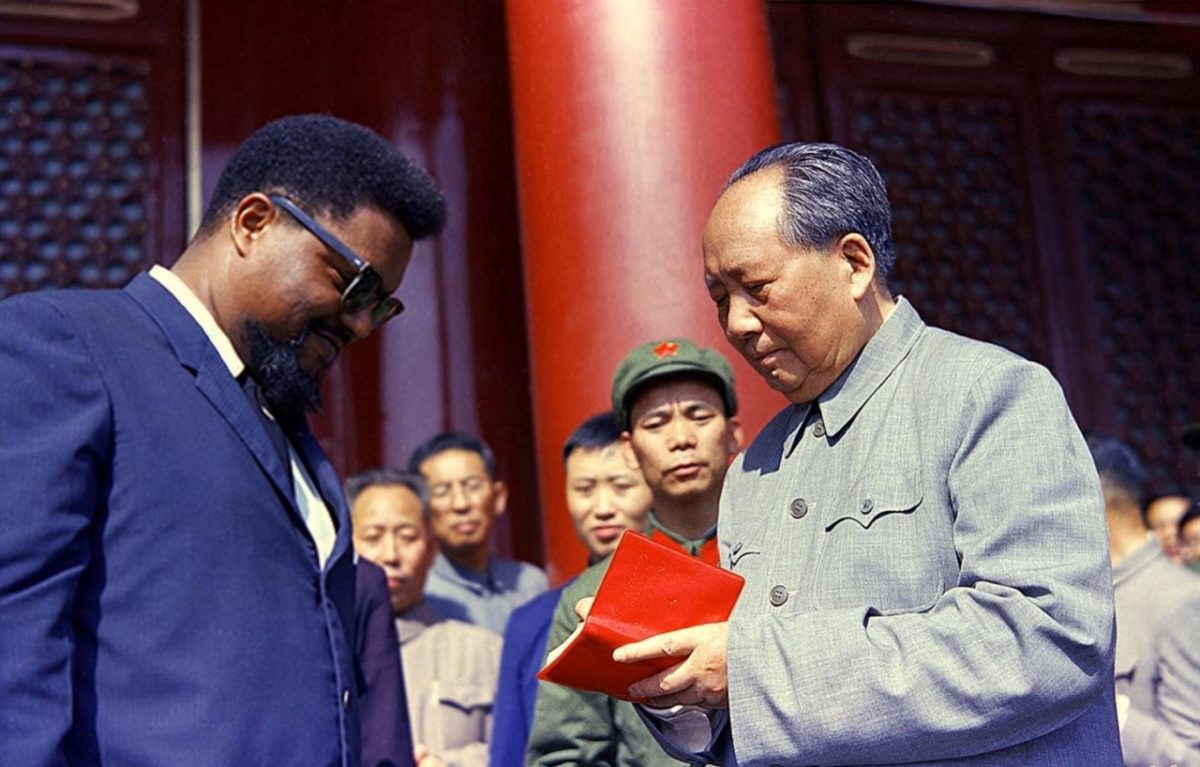
To celebrate America’s Black History Month, James Evans of Harvard’s Fairbank Center for Chinese Studies and scholars Keisha A. Brown and Ruodi Duan have compiled a “Reading and teaching guide to the history of Black and African American connections with China.” It’s a directory of writing on the subject, and includes work on Langston Hughes in Shanghai, photos — including of Paul Robeson meeting Chinese opera singer Méi Lánfāng 梅兰芳, journal articles about racism and popular culture in China, and about characters ranging from W.E.B. Du Bois to the Black Panther Party’s Eldridge Cleaver and Elaine Brown to civil rights leader Robert F. Williams.
Keisha Brown, who has a special research interest in Sino-Black relations, took time to answer some questions for The China Project on subjects including scholarship, Black History Month, and racism.
The China Project: You are assistant professor of history at Tennessee State University (TSU), the alma mater of Oprah Winfrey, right? You’re a historian of modern China, and one of your major interests is what you call Sino-Black relations. Can you tell us about the study of Sino-Black relations and what drew you to it?
K.B.: Yes, Tennessee State University is an institution whose notable alums include Oprah Winfrey, Wilma Rudolph, and many, many others.
Sino-Black relations analyzes the politics of Chinese identity and Blackness as well as the broader diasporic ideas and implications of exchange and contact historically between these peoples to understand the racial, gender, and class apparatus at work in trying to unpack and identify the other, specifically the Black other in Chinese spaces.
I was drawn to this area of study initially based on my own experiences in China. I had the opportunity to travel to China for the first time in 2001 at the age of 16. It was during that trip where I initially became aware of how my Blackness was a source of curiosity. Another defining moment for me was during a trip to Hangzhou in 2005 while I was studying abroad for a semester in Shanghai. Myself and three white classmates boarded a boat to ride down West Lake and enjoy the scenery. After boarding, the boat operator asked where we were from. Each of us, in Mandarin, replied America. What made him pause was not that we spoke Chinese, but the fact that I said I was American. He was not convinced, even after my classmates and I were insistent that I was in fact American. Why, in the 21st century, was it difficult for him to reconcile me being Black and American? This exchange really made me think more critically about the global circulation of ideas of race and the performativity of race. In conducting preliminary research into the manifestations and understandings of race as it relates to the foreign other, particularly the Black other, I located the works of Du Bois, such as “The Vast Miracle of China” and “Our Visit to China,” pieces that recount his trips to China with his wife Shirley Graham Du Bois. From there, I located a host of other African Americans living in Maoist China and became increasingly interested in this topic.
Are there many other scholars working on similar subjects, and what is the state of the scholarship?
The body of scholarship is steadily growing. As the blog piece demonstrates, there are many scholars currently producing scholarship on this and related topics. As such, there is a wealth of information in various formats that can be accessed. The blog is a great starting point and touches upon many of the seminal works that have illuminated these moments and transnational exchanges.
One of my first foreign friends in China when I arrived in 1995 was from Sierra Leone, an entrepreneur named Turay. He used to say that although there was racism in China, it was very different from discrimination against Africans in Europe and the U.S. Whereas many Chinese people will casually use words with racist connotations, and cheerfully watch racist TV commercials for dishwashers, in day-to-day interactions, he was always treated as a “foreigner,” not as a black person or member of a subclass, which is how he often felt in his travels in the West.
Does this make sense to you? Does any of your research look into the different racisms of China and America / the West?
Yes, this does make sense. Future research, as I further develop Sino-Black relations scholarship, does examine these various manifestations of racism and related discourses. Existing Asian American Studies, Afro Asian Studies, and Critical Race scholarship also grapples with these complexities.
How did the project “Teaching China Through Black History — A Reading and Teaching Guide to the history of Black and African American connections with China” with the Fairbank Center come about?
After the publication of an article in 2016, I was asked by James Evans of the Fairbank Center to write a post about the publication for the blog. It was that previous collaboration that led James to reach out to me and Ruodi Duan (who also previously wrote a post for the blog) concerning his idea of doing this project for Black History Month. Ruodi and I supplied the information regarding relevant sources and James did an amazing job showcasing the scholarship. The result is a great research and teaching resource.
The China Project: For our non-American readers, what is Black History Month?
February is Black History Month. Originally founded as Black History Week in 1926 by Dr. Carter G. Woodson, Black or African American History Month is a time of reflection, recognition, and celebration of the Black American experience. Engagement is multifaceted and ranges from civic involvement and lectures to enhanced social awareness. For me, Black History Month means embracing both trial and triumph. What I mean by that is the Black American experience is one that is afflicted by sustained and systematic trauma, beginning with chattel slavery. And still, African Americans have survived, thrived, contributed to, and shaped America politically, socially, economically, and culturally.
For more information about the origins of Black History Month, please refer to the Association for the Study of African American Life and History.
What can generalist China students, scholars, and interested persons learn about China through this project?
One of the strengths of the project is that both generalist and specialists alike can gain information and insights. For the generalists, this blog post is an entry into the growing scholarship on this topic which expands prevailing narratives concerning Chinese history.
You and the Fairbank Center have put a lot really interesting material online for this project. But if you had to recommend just one thing to read, what would it be?
This is a tough question. It is hard to chose only one. The best way to approach these suggested readings is to start from a point of interest, whether that is history, art, or literature. It really depends on the individual interest. But all of the texts listed are worth reviewing.
 Keisha A. Brown is an Assistant Professor of History at Tennessee State University in the Department of History, Political Science, Geography, and Africana Studies. She graduated with her bachelor’s degree from the University of Notre Dame and earned her doctorate from the University of Southern California. Dr. Brown specializes in East Asian history, specifically modern China. Her research and teaching interests include comparative East Asian histories, postcolonial theory, transnational studies, world history, and race and ethnic studies. Currently, Dr. Brown is a postdoctoral fellow in residence at the James Weldon Johnson Institute for the Study of Race and Difference at Emory University for the 2018-2019 academic year.
Keisha A. Brown is an Assistant Professor of History at Tennessee State University in the Department of History, Political Science, Geography, and Africana Studies. She graduated with her bachelor’s degree from the University of Notre Dame and earned her doctorate from the University of Southern California. Dr. Brown specializes in East Asian history, specifically modern China. Her research and teaching interests include comparative East Asian histories, postcolonial theory, transnational studies, world history, and race and ethnic studies. Currently, Dr. Brown is a postdoctoral fellow in residence at the James Weldon Johnson Institute for the Study of Race and Difference at Emory University for the 2018-2019 academic year.
Also see:
The Legacy of the Black Panther Party in China: Q&A with Tyson Amir
